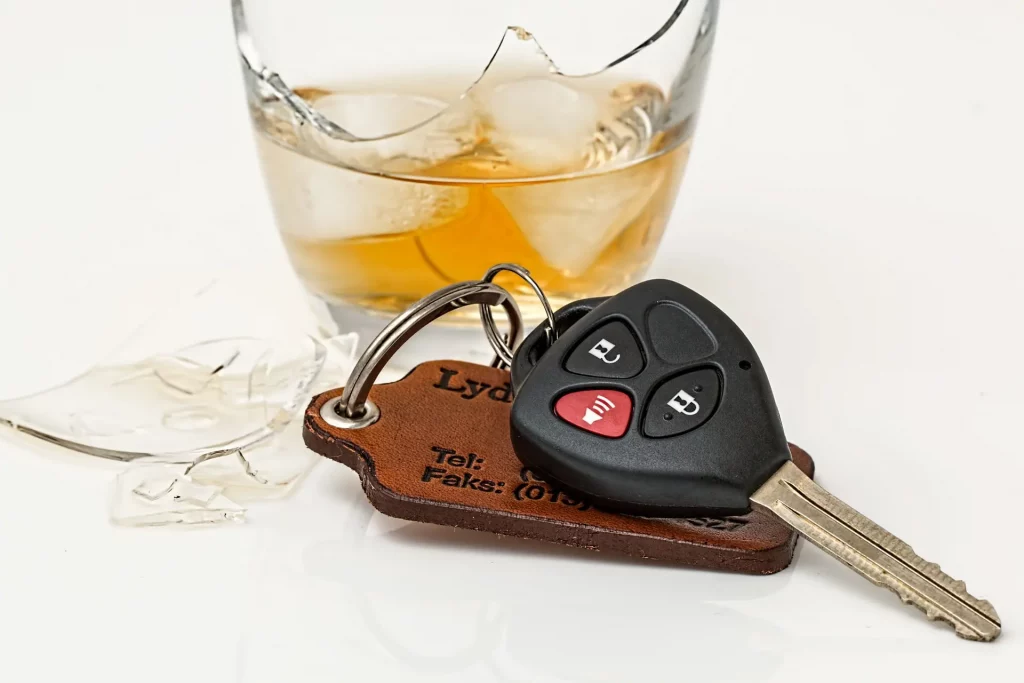Navigating the aftermath of a personal injury can be daunting, especially when multiple parties are involved. In New York, the concept of comparative negligence plays a critical role in personal injury cases. Understanding how it works can greatly affect the outcome of your claim.
What is Comparative Negligence?
Comparative negligence, also known as comparative fault, is a legal doctrine used to allocate blame among multiple parties in an accident. Unlike the traditional “all-or-nothing” approach, where one party is entirely at fault, comparative negligence recognizes that more than one party can share responsibility for an accident. This principle is particularly relevant in personal injury cases, where the actions of both the plaintiff (injured party) and the defendant (alleged at-fault party) are scrutinized.
Types of Comparative Negligence
In the United States, there are generally two types of comparative negligence systems:
- Pure Comparative Negligence:
- Each party can recover damages proportional to their degree of fault. Even if you are 99% at fault, you can still recover 1% of the damages.
- Modified Comparative Negligence:
- Recovery is only allowed if the injured party is less than 50% or 51% at fault, depending on the jurisdiction.
New York follows the pure comparative negligence rule, which means you can recover damages even if you are primarily responsible for the accident.
Understanding Fault in New York Personal Injury Cases
In New York, the amount of compensation you can receive directly correlates with your degree of fault. Here’s how it works:
Calculating Damages
Imagine you’re involved in a car accident and suffer damages amounting to $100,000. If the court finds you 30% at fault and the other driver 70%, your compensation will be reduced by your degree of fault. Therefore, you would be entitled to $70,000 (70% of $100,000).
Importance of Evidence
Evidence plays a crucial role in determining fault. This can include:
- Police Reports:
- Often considered reliable, these reports can offer initial opinions on fault.
- Eyewitness Testimonies:
- Independent accounts can provide unbiased perspectives on the incident.
- Expert Testimonies:
- Specialists like accident reconstruction experts can offer detailed analyses of the event.
- Photographic and Video Evidence:
- Images and footage from the accident scene can substantiate claims.
Common Scenarios Involving Comparative Negligence
Car Accidents
Car accidents are the most common scenarios where comparative negligence comes into play. Factors like speeding, distracted driving, and failure to obey traffic signals can all contribute to the degree of fault assigned to each party.
Slip and Fall Incidents
In slip and fall cases, property owners may argue that the injured party was not paying attention or ignored warning signs, thereby contributing to their injury.
Medical Malpractice
In medical malpractice cases, both the healthcare provider and the patient may share fault. For instance, a patient might be partially responsible if they failed to follow medical advice.
Workplace Accidents
While workers’ compensation generally covers workplace injuries, there can be third-party claims where comparative negligence is applicable. For example, if a worker and a subcontractor are both partially at fault for an accident.
Impact on Settlement Negotiations
Understanding comparative negligence is not only vital for court cases but also for settlement negotiations. Insurance companies often use this principle to minimize their payout. They might argue that you share a significant portion of the fault to reduce the compensation amount.
Strategies for Negotiation
Here are some strategies to improve your negotiating position:
- Gather Comprehensive Evidence:
- The stronger your evidence, the harder it is for the insurance company to dispute your claims.
- Hire Expert Witnesses:
- Expert testimonies can be highly persuasive and increase the credibility of your case.
- Consult with a Personal Injury Lawyer:
- An experienced lawyer can effectively counter the insurance company’s tactics and advocate for your best interests.
Legal Nuances and Challenges
Comparative negligence laws can be complex and have nuances that are challenging to navigate without professional help. Legal doctrines and interpretations can vary, making it essential to consult with an experienced personal injury lawyer.
The Role of a Personal Injury Lawyer
At Rosenberg & Rodriguez, we specialize in personal injury cases, including those involving comparative negligence. Our expertise allows us to:
- Evaluate Your Case:
- We assess the merits of your case and determine the potential impact of comparative negligence.
- Collect and Present Evidence:
- We gather all necessary evidence and present it compellingly to maximize your compensation.
- Negotiate Settlements:
- Our skilled negotiators work to ensure you receive fair compensation, even if the insurance company tries to reduce it.
- Litigate If Necessary:
- If settlement negotiations fail, we are prepared to take your case to court and fight for your rights.
Call Rosenberg & Rodriguez Today
Comparative negligence significantly impacts personal injury cases in New York. Understanding how it works and its implications can help you better prepare for your case. From car accidents to medical malpractice, this legal doctrine influences the amount of compensation you can recover.
If you’ve been injured in an accident and believe multiple parties are at fault, don’t hesitate to contact Rosenberg & Rodriguez. Our experienced team is here to guide you through the complexities of comparative negligence and ensure you receive the compensation you deserve.




